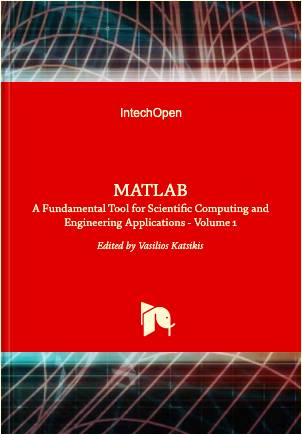Excerpt:
Advances in semiconductor technologies to produce high power devices have facilitated numerous applications where high power density is a key for practical and sophisticated solutions. Instead of being limited to the traditional low power electronics applications, high power devices opened a broad frontier for engineering design. These devices are now embedded in systems that span the full range from small electric motor drives to very high voltage transmission lines where hundreds of amperes are regulated while the devices are exposed to thousands of volts. Compared to the traditional rotating electric machine based (dynamic) energy conversion, these devices made static conversion from one form of electricity to another so seamless that employing a certain form of electric power (AC, DC, or a combination) has become an engineering design option rather than a forced solution. Application areas like in motor drives, fuel cells, solar panels, wind turbines, electric cars, and high speed transportation systems are only a few of the major beneficiaries of advances in power electronics. Emphases on energy conservation motivated the design for improved system efficiency where power electronics devices are utilized in their most desirable mode. These efforts resulted in increased portability of high power density systems and affected the design of the full range of power systems including those for small electronic equipment which are becoming more demanding on power for their ever increasing features and capabilities. Like all advanced engineering design applications, mathematical developments and supporting software tools for modeling, simulation and analysis are critical (Shaffer, 2007; Assi, 2011). In addition to introducing some of the fundamental concepts in power electronics and related applications, this chapter exploits the capabilities of Matlab and its associated SimPower and Simulink toolboxes as an effective relevant engineering tool.






